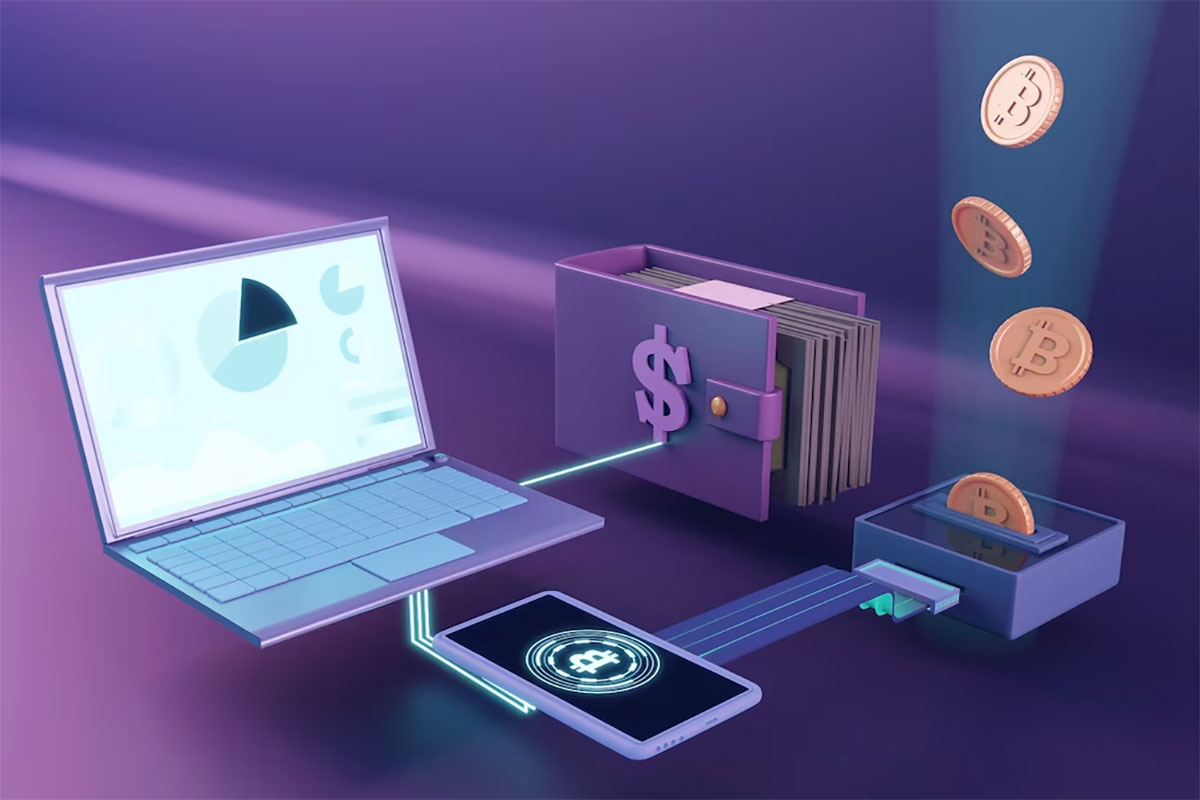Over the last several years, the rise in popularity of cryptocurrencies has undoubtedly transformed the ways we think about money and transactions. For business enterprises, the decision to accept cryptocurrency payments is not one to be taken lightly, requiring careful thought rather than diving in blindly.

Crypto payments come with their own unique set of advantages and challenges, each of which should be understood in more detail. But given the awareness and usage of cryptocurrencies for transactions is only set to increase, learning more about what’s involved can provide us with the opportunity to learn the key pros and cons, and that’s essential from the perspective of any ecommerce business.
Pros
While the last year or so has been a turbulent time for the crypto markets, when it comes to ecommerce, the positives of accepting crypto payments actually outweigh the negatives. We’re going to focus on four key elements.
Global Reach & Inclusion
One of the key benefits of accepting crypto payments is the potential to broaden your customer base globally. Cryptocurrencies operate on a decentralized network, allowing businesses to tap into a borderless market without the hassle of dealing with different currencies and exchange rates. Likewise, crypto payments contribute to financial inclusion, catering individuals without access to traditional banking services.
Volatility Mitigation
Given the value of stablecoins are directly pegged to fiat currencies, they can reduce volatility risk, such as Tether (USDT) being pegged 1:1 to the US Dollar. When vendors use a payment gateway like UniPayment, they are not restricted to Bitcoin or Ethereum, as transactions can also be completed using stablecoins such as USDT, USDC, DAI, and many others.
Lower Transaction Costs
Traditional payment methods often involve intermediary fees, such as those charged by banks and payment processors. Cryptocurrency transactions, however, can significantly reduce these costs, providing businesses with a more cost-effective way to handle financial transactions.
Security and Fraud Prevention
Cryptocurrencies operate on blockchain technology, which ensures secure and transparent transactions. The decentralized nature of blockchain makes it difficult for fraudsters to manipulate or hack transactions, providing an added layer of security for both businesses and customers.
Cons
Now that we’ve looked at the positive aspects of receiving crypto payments, what are the negatives? For balance, let’s take a look at four potential drawbacks that are worth understanding.
Price Volatility
The value of cryptocurrencies can be highly volatile, with prices subject to rapid fluctuations. This volatility introduces an element of risk for businesses, as the value of received payments can change significantly before they are converted into fiat currency. However, as we’ve already mentioned, this can be mitigated by accepting USDT and other stablecoins for payments.
Regulatory Uncertainty
The regulatory landscape for cryptocurrencies is still evolving, and businesses may face uncertainties regarding compliance and legal obligations. Navigating these regulatory waters can be challenging, requiring constant monitoring and adaptation to changes in the legal environment.
Limited Acceptance
While the popularity of cryptocurrencies is undoubtedly on the rise, they are not universally accepted yet. Businesses may find that at the moment, only a fraction of their customer base is comfortable using crypto for transactions, potentially limiting the practicality of accepting these payments. Nevertheless, this may also vary depending on your own particular business activities and target audience.
Technical Barriers
Understanding and implementing cryptocurrency payment systems can be a technical challenge for some businesses and individuals, as Keiser University recently highlighted. The learning curve involved in adopting and managing crypto transactions may deter business owners that are not tech-savvy or lack the resources for proper integration.
Finding the Right Balance for Your Business
As we have observed when looking at the pros and cons involved, accepting crypto payments can be a double-edged sword for any business to consider.
Before diving into the world of crypto transactions, every business should carefully weigh up the positive and negative implications of doing so, enabling them to make informed decisions that align with their goals and capabilities.









